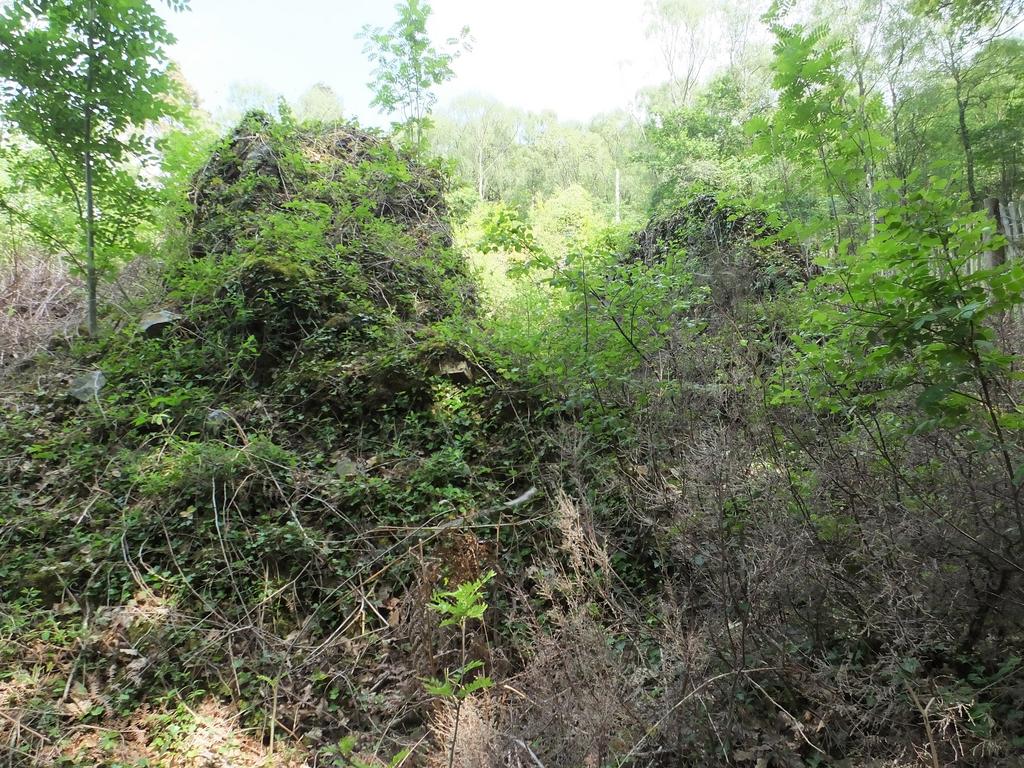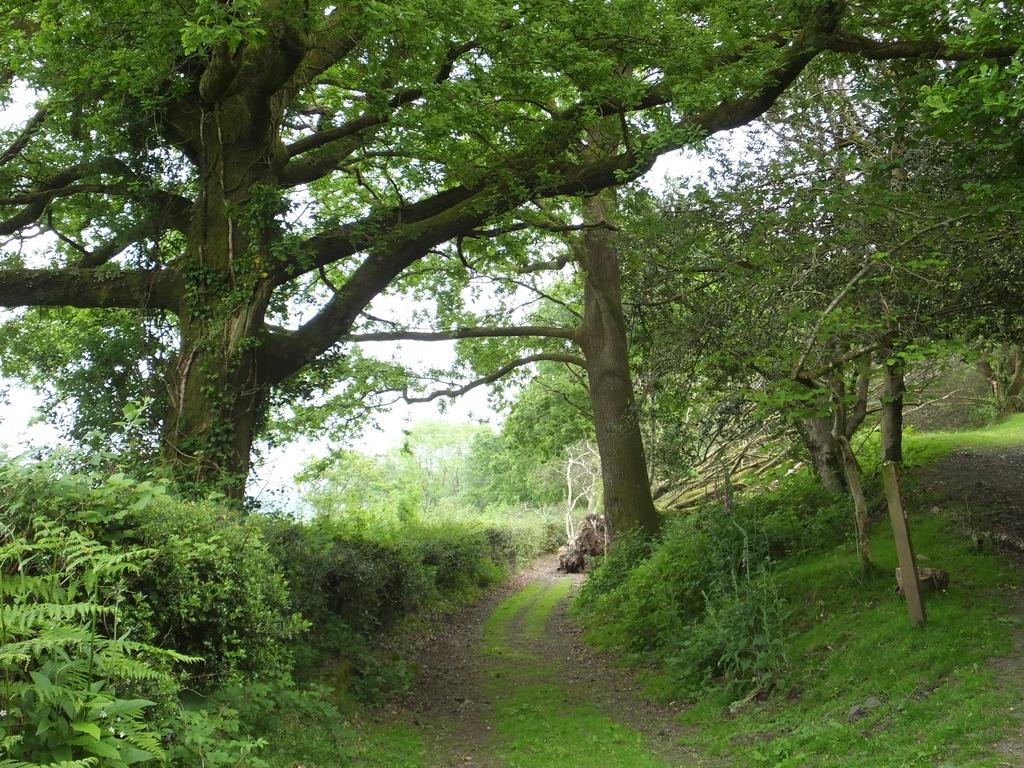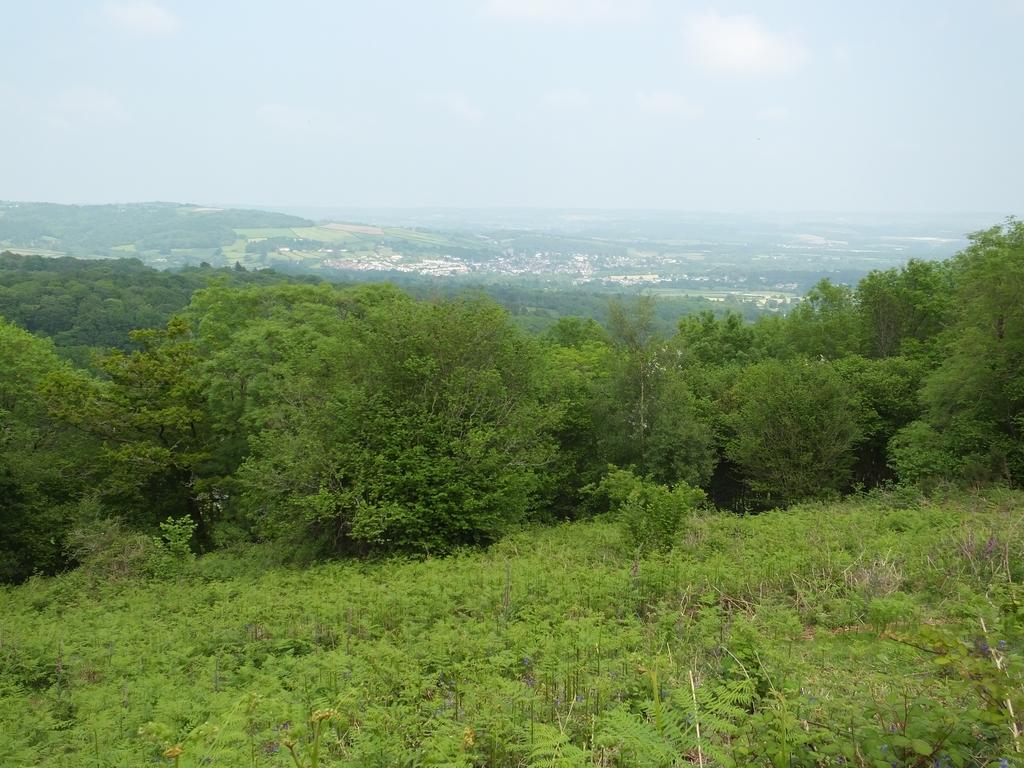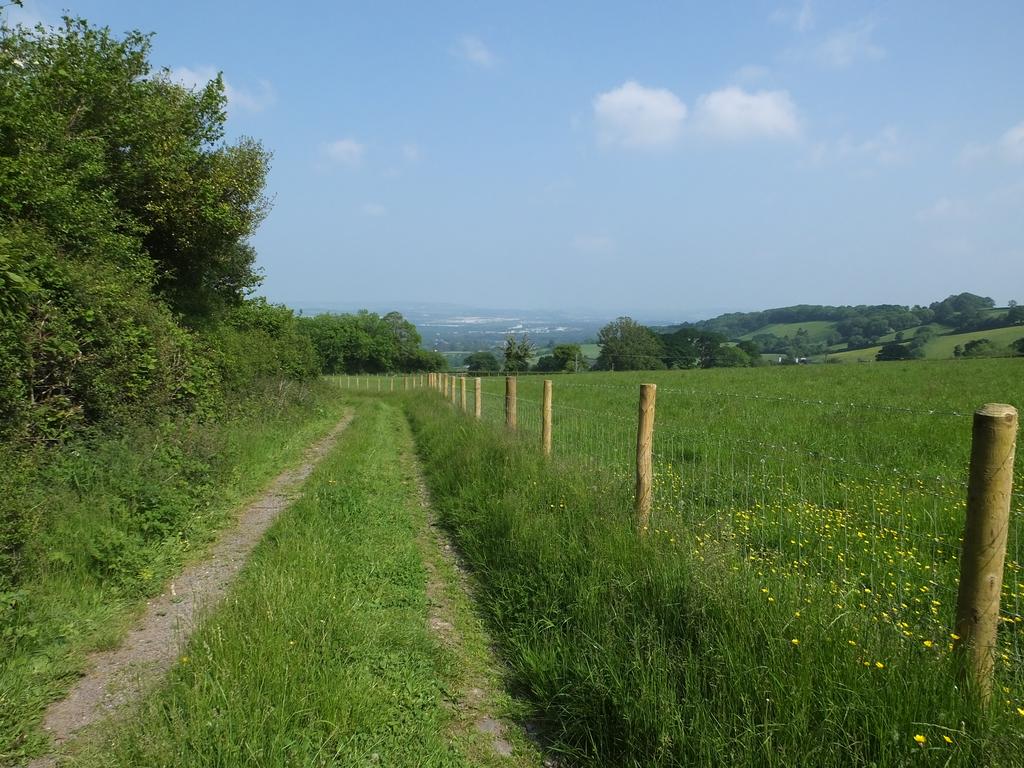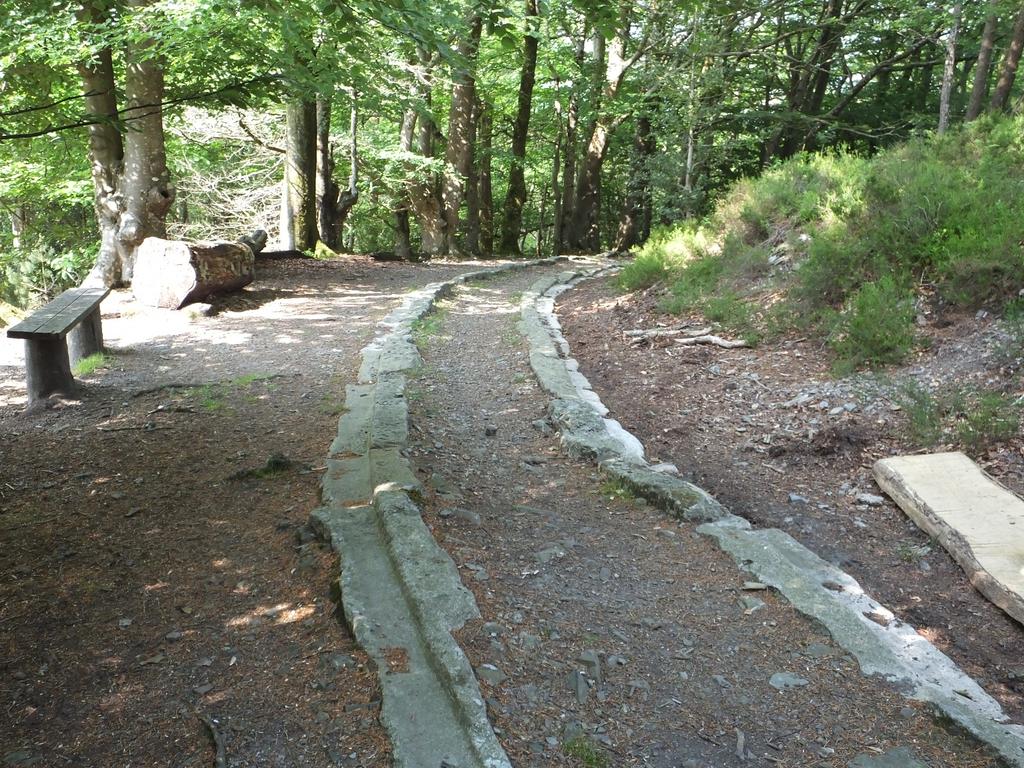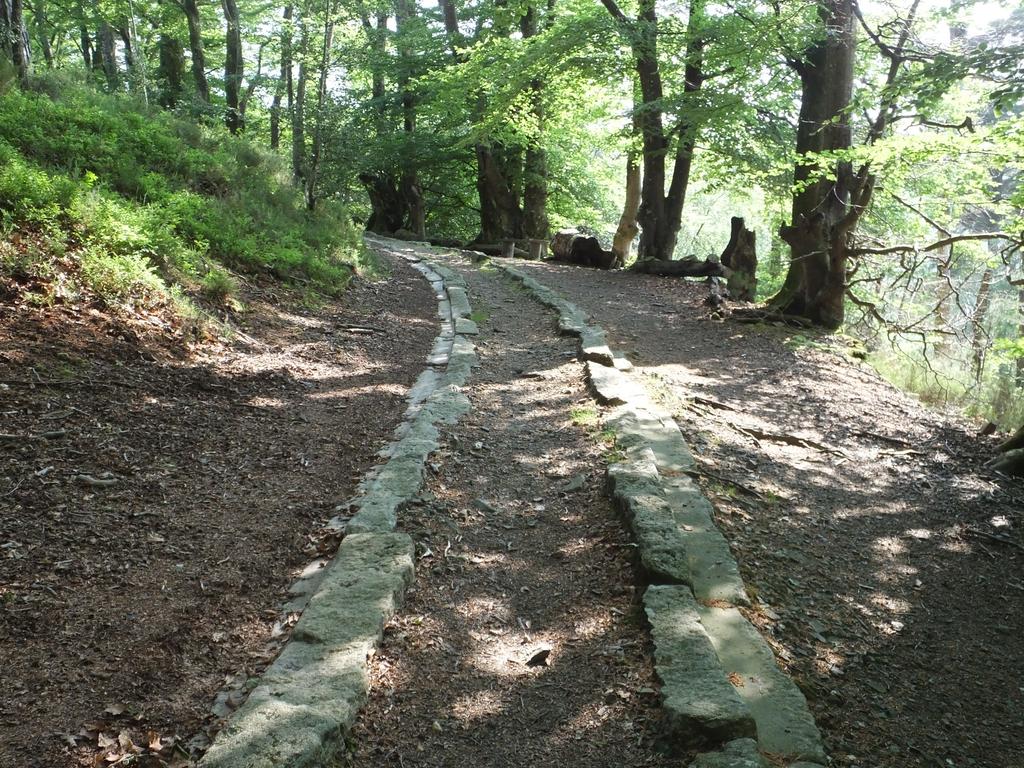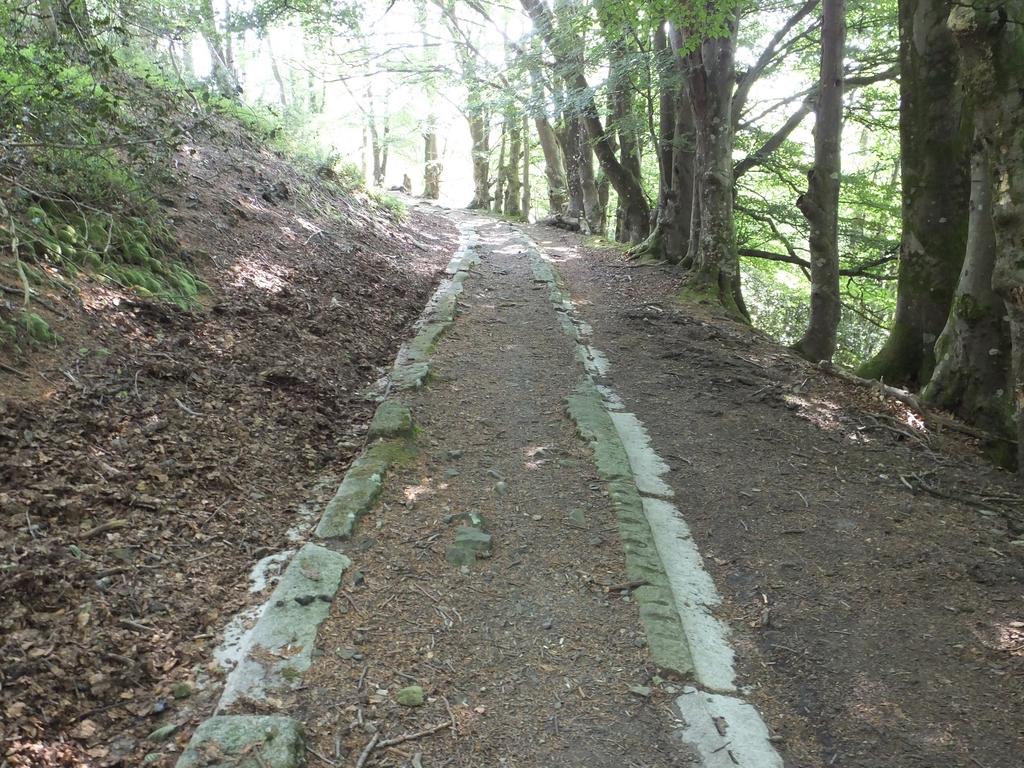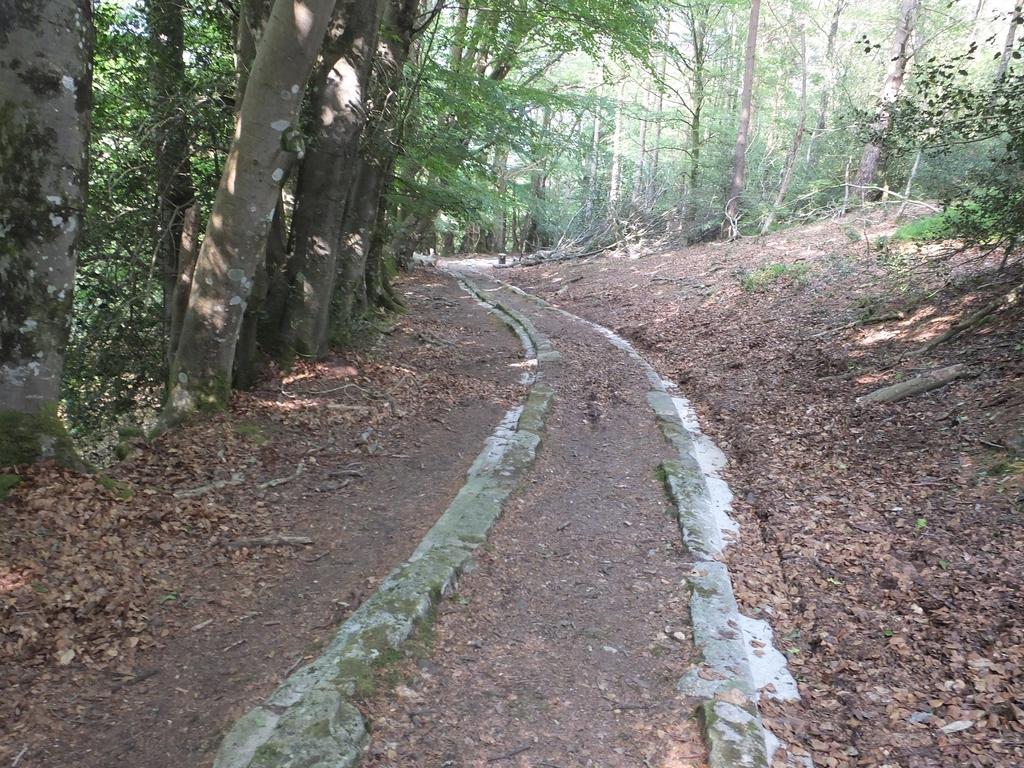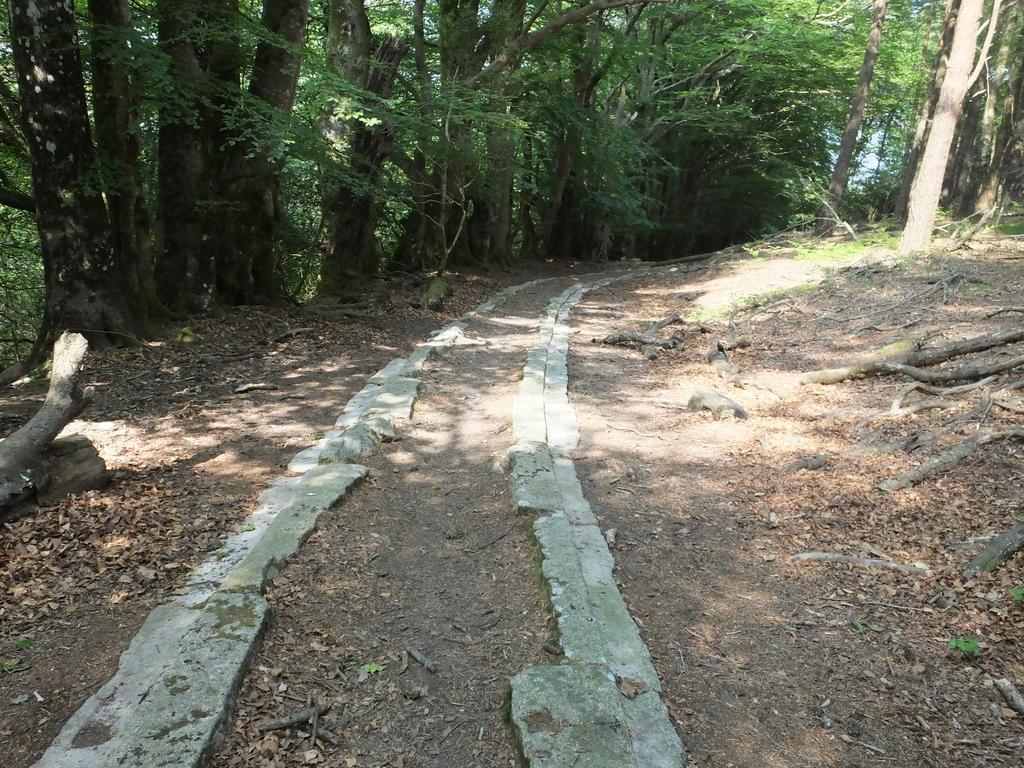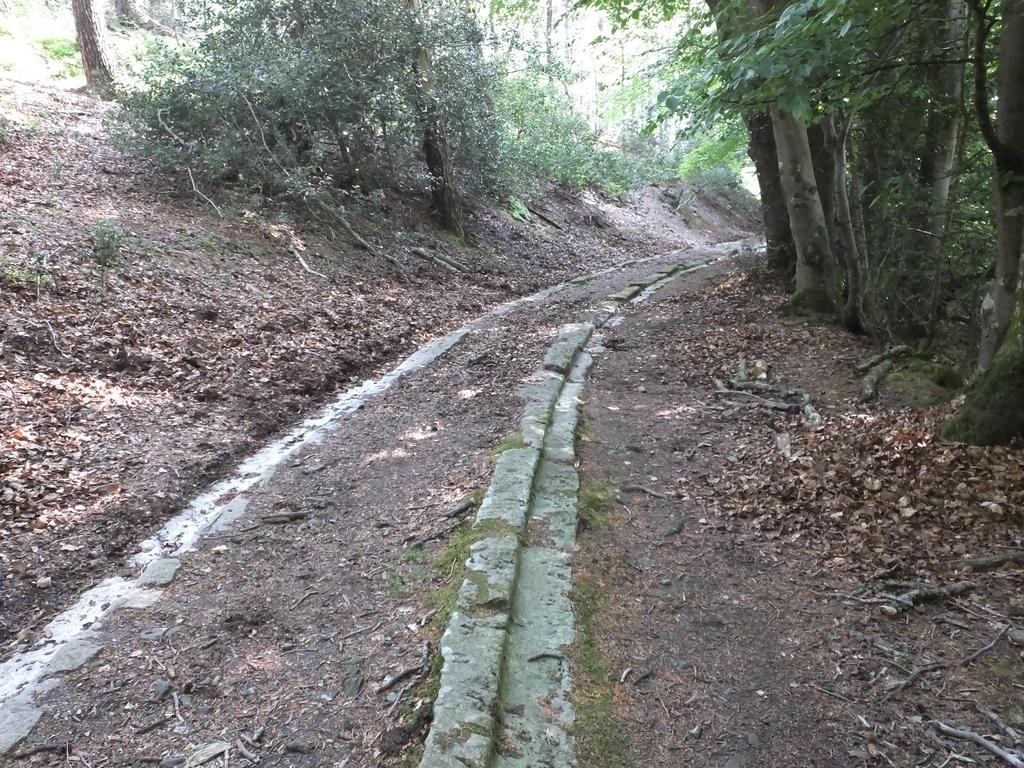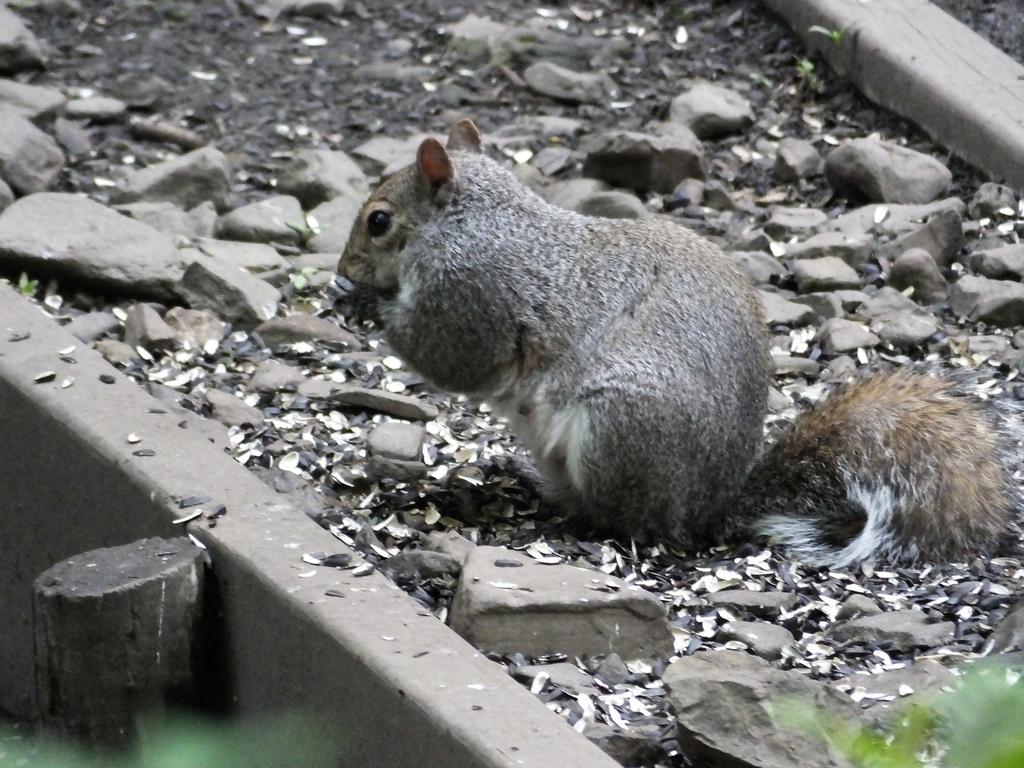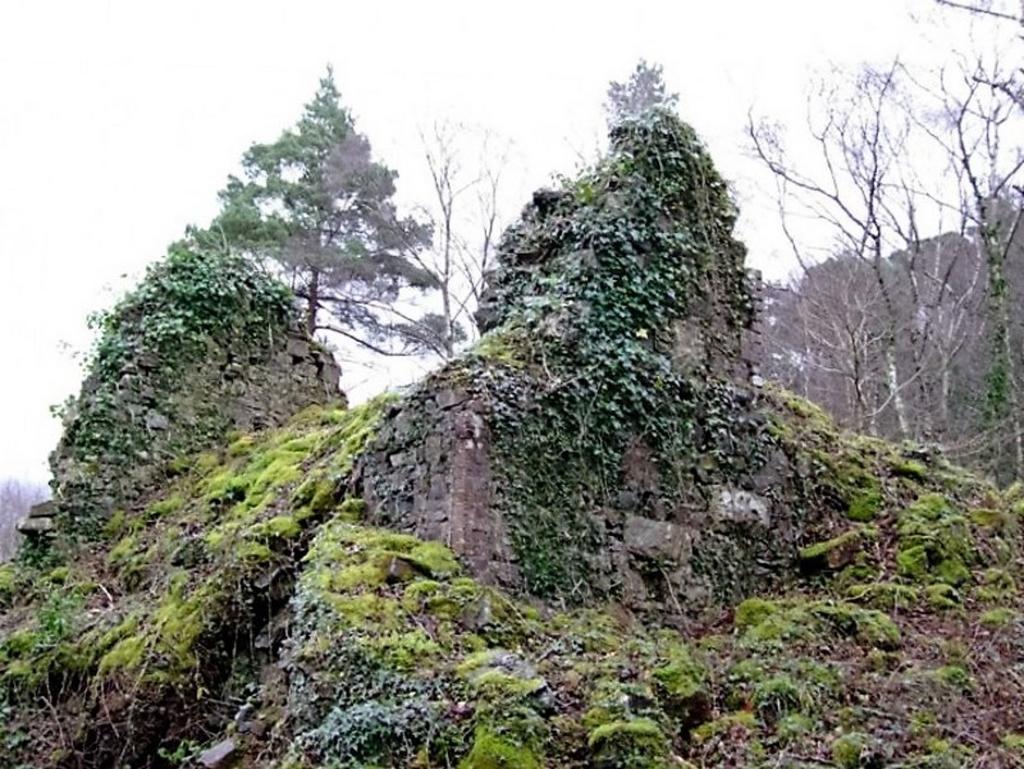Post by Dave on Jun 5, 2016 20:41:07 GMT
Yarner Wood, Haytor Granite Railway & Yarrow Copper Mine Sunday 5th June 2016
Growing up in Newton Abbot as child I was often taken up onto Dartmoor for days out. I like so many other people love Dartmoor for so many reasons, but sadly do not visit it much these days. Haytor Rock can be seen from many locations in Newton Abbot and climbing up it was a must do thing when there.
Very close to Haytor Rock is the remains on an old granite quarry and parts of the old Haytor Granite Tranway. The granite tramway was built to convey granite from Haytor down to the Stover Canal. It was very unusual in that the track was formed of granite sections, shaped to guide the wheels of horse-drawn wagons.
It was built in 1820; the granite was in demand in the developing cities of England as masonry to construct public buildings and bridges. In 1850 the quarries employed about 100 men but by 1858 they had closed due to the availability of cheaper Cornish granite.
On a recent cycle ride along the newly constructed Stover cycle trail I was able to see another part of the granite railway very close to the end of the old Stover canal. It was only a small section and further work will be carried out there to uncover more of it.
As a result of that ride I did some searching on the internet and discovered a large section of the granite railway could be found running through Yarner Wood close to Bovey Tracey. I made a note of where I would need to go and park up to gain access to the wood but until today never got around to actually going there.
I set off early in the afternoon and headed for Bovey Tracey, I took the road out of Bovey towards Haytor but did not turn off left on the road to Haytor Rock but kept to the right and about a mile or so later turned off to the left on a bend then up a lane to the Yarner Wood car park.
I asked a group of older ladies if they knew just where in the wood the granite railway was, they said it was not in the wood and was up closer to Haytor Rock. I knew the very best part of it still left in tack was in the wood somewhere but just where was it?
I asked another lady who sort of pointed me in the right direction, what she did not tell me was how steep I would have to climb through the woods. I walked mostly uphill for a good hour and a half and the only thing I had found was the old Yarrow copper mine. A good part of the main building is still standing, but you can’t make much of it out as it is covered in undergrowth.
I carried on walking upwards and finally came to a sign that in the end turned out to be of little help to me. I turned right through a gate onto a very narrow path and later came out onto a road. I could see a sign across the other side of this road and once a gain I went through a gate into a very narrow path.
Some time later I did come across a small section of the old granite railway but this was not the place I was looking for and when I looked to my left I could see the road that goes past Haytor Rock and I knew I was not very far from Haytor Rock itself. It did mean I was now someway away from Yarner Wood so there was no point keep walking in the direction I was.
It was hot my legs were telling me enough was enough and so I turned around and retraced my steps. An hour later I was back at that sign again and I knew I had to turn left down into the wood to get back to the car park. But I was so disappointed that after walking for nearly four hours I had not found what I came to see.
I had not seen any more signs of the granite railway and was about to turn left when I thought lets try one more pathway. Looking up I could see I could go straight on or turn left some fifty yards further up from where I was standing. My legs were saying lets go home but I had not walked that far not to find what I came for and so I headed for that pathway on the left further up.
I had only walked along for about five minutes and there it was, I do not think I have every been so happy to find something in my life. What a magic place it was, so much so I did not want to leave it. You can just feel the history; close your eyes and see all those men working getting the granite down to the Stover Canal.
It must have been at least a quarter of a mile long and at the end of it was a gate I walked through. But I soon stopped as I just felt it would not take me back to the car park and so I was able to walk once again along this wonderful section of the granite railway.
To think it was built nearly 200 years ago and has not been used for 158 years, I do wonder what happened to the rest of it. Was the granite just taken up and used for something else? Why was this section left complete? I’m so glad it was and despite my sore legs, it was well worth making the effort to go and see.
Here is a small piece about Yarrow Mine.
Yarner or Yarrow Mine is situated near the south-eastern end of Yarner Wood. Work began in 1857 and two copper lodes were developed. By 1862 the mine had reached a depth of 50 fathoms and 50 people were employed. At this time, the machinery consisted of a 60in cylinder pumping engine, one 40ft wheel and another of 25ft, with a drawing machine and crusher attached. Water for driving the wheels is thought to have come from Bovey Pottery Leat, which passed through the sett.
In December 1864 it was decided to wind up the company which to date had returned a total of 2300 tons of 3 ¾ per cent ore, realising £6200. In 1865 a new company was formed to take over the mine but in October 1865 the machinery was put up for sale. The mine, with its ruined engine-house, two shafts and, until recently, extensive burrows now lies in a nature reserve.
The remote situation of this mine meant much hardship for the mine workers who had to endure cold and wet winter weather. In 1864 a Yarner miner stated ‘many of the men have to walk two miles to the mine over an exposed road. They then go underground for eight hours, come up fatigued and freely perspiring and have to put on their cold wet clothes in which to go home’.
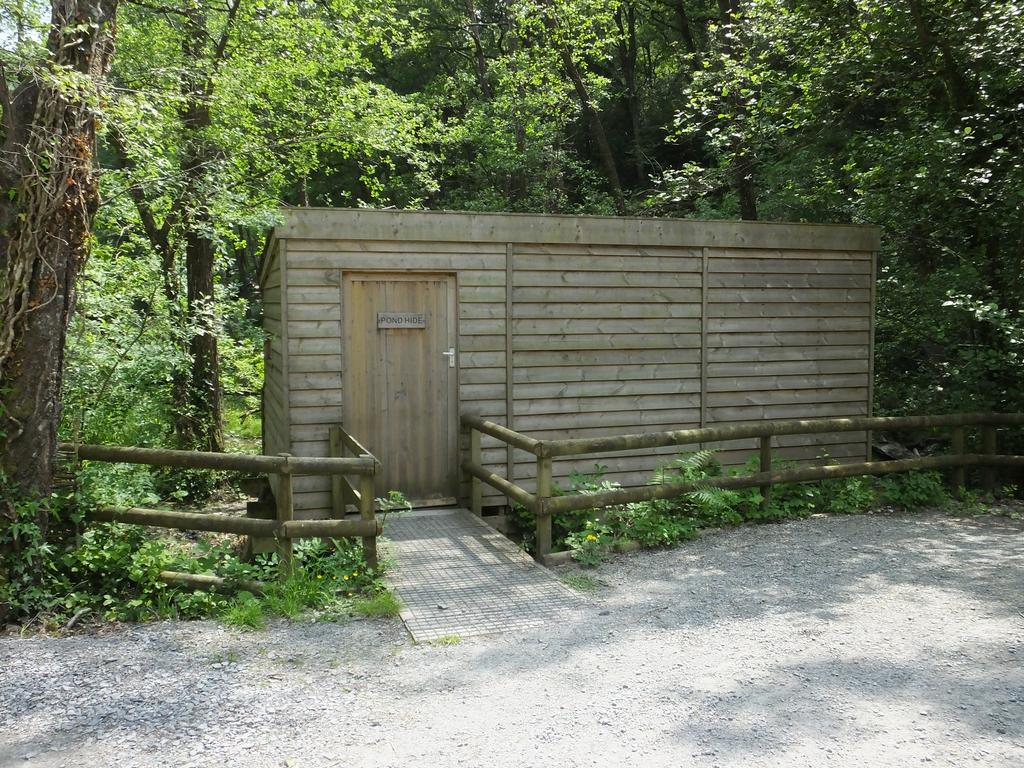
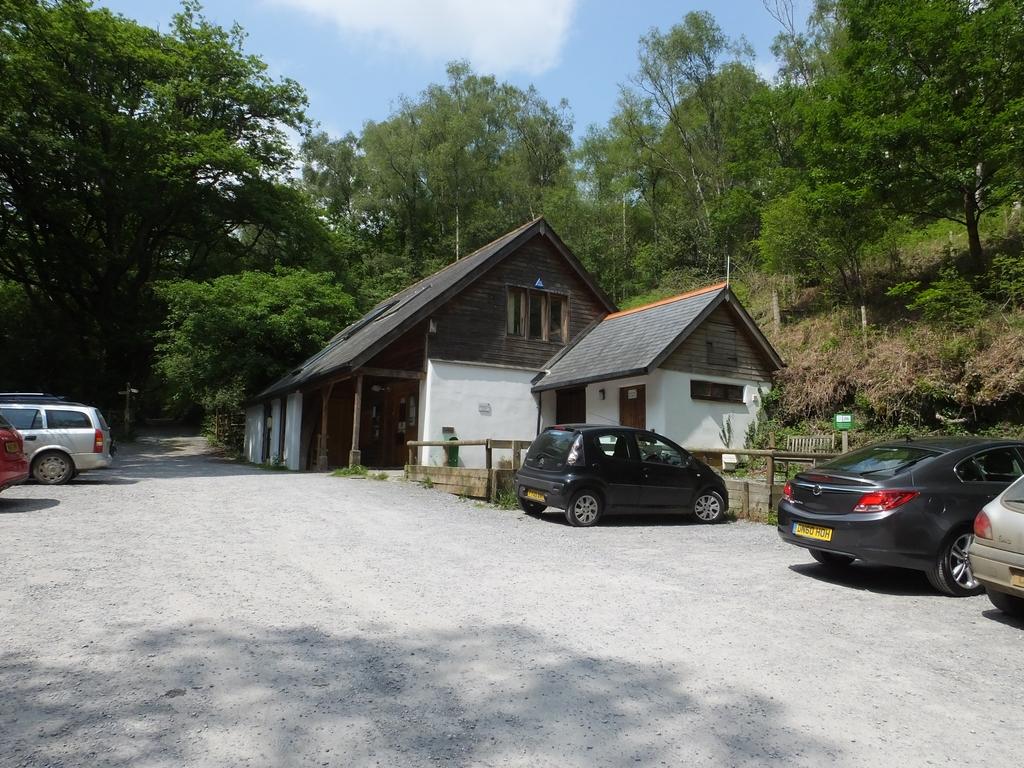



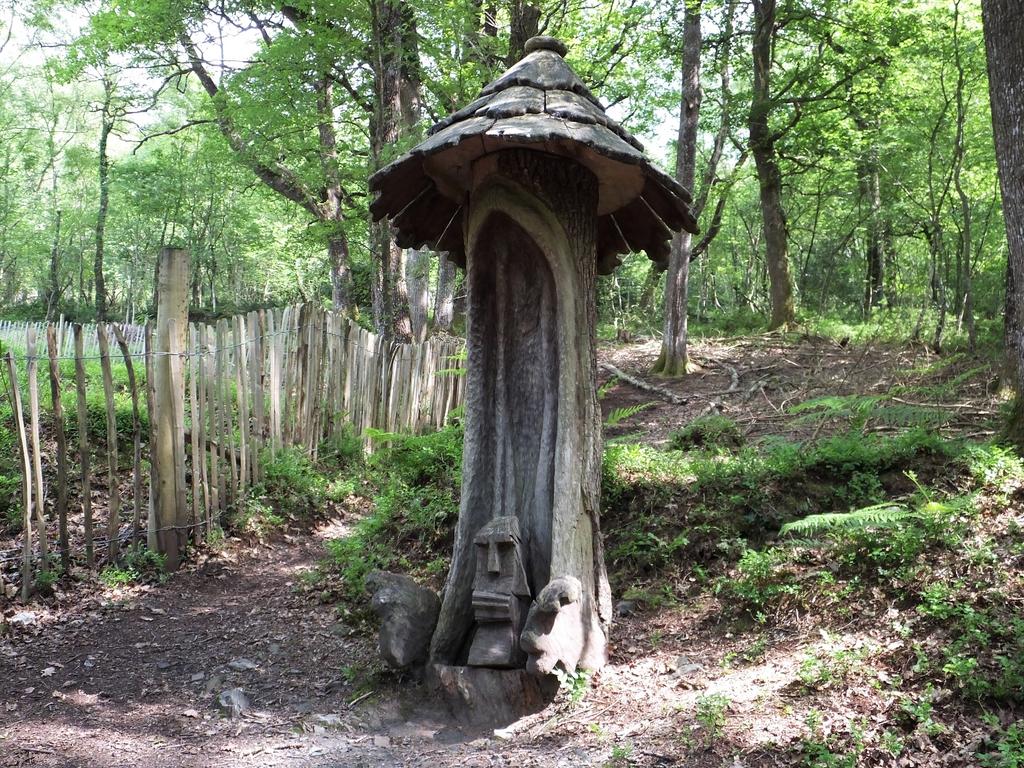
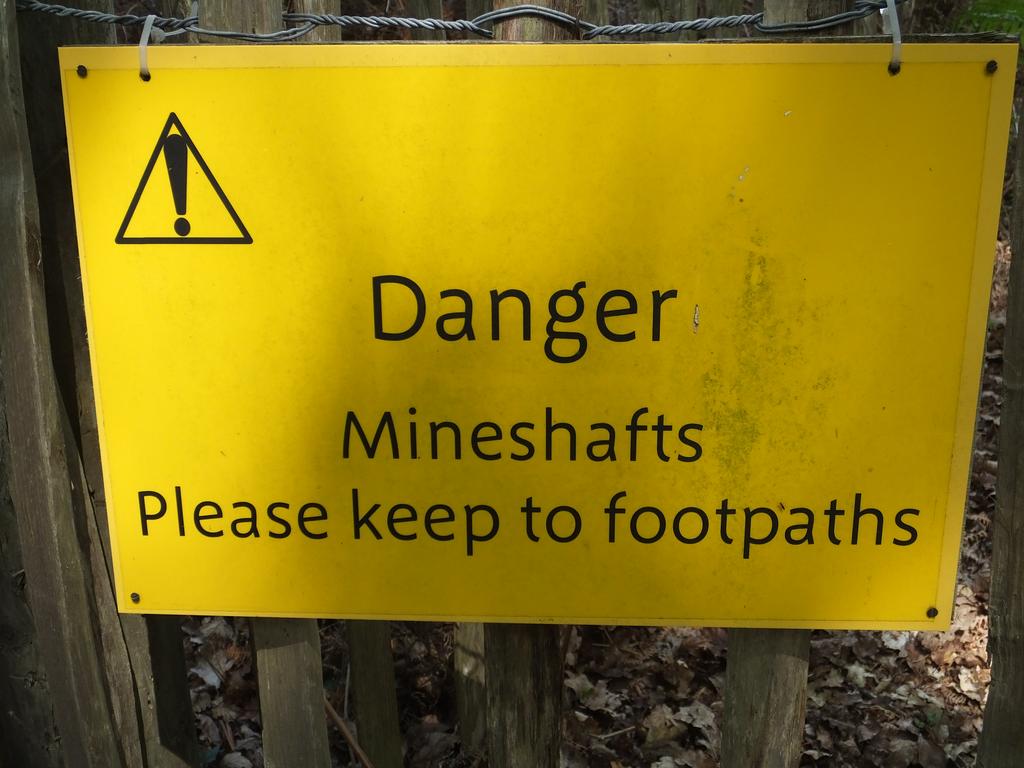
How The Mine Looked A Few Years Ago
How It Looks Today
